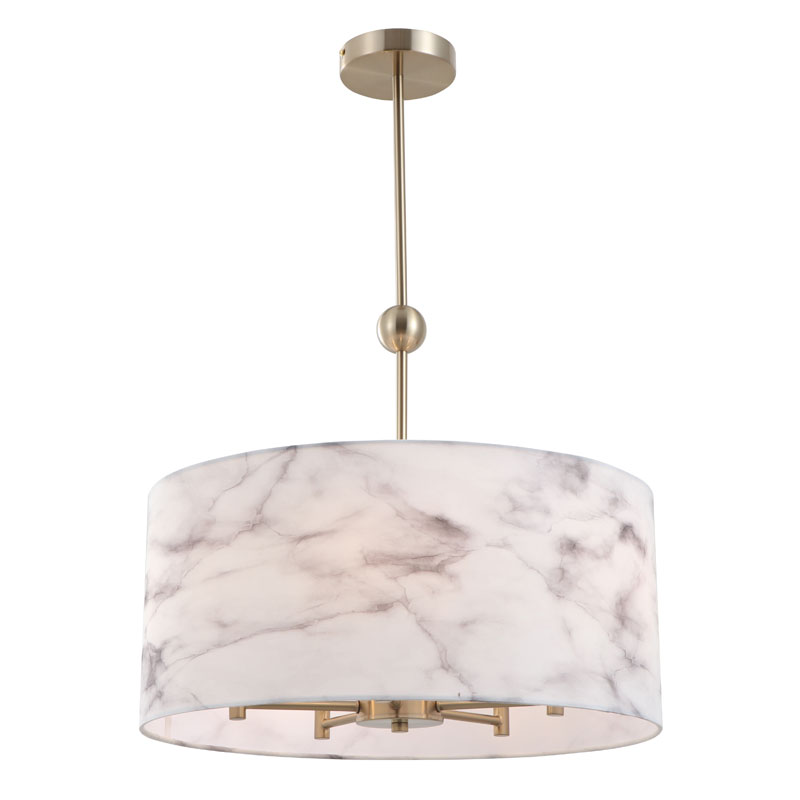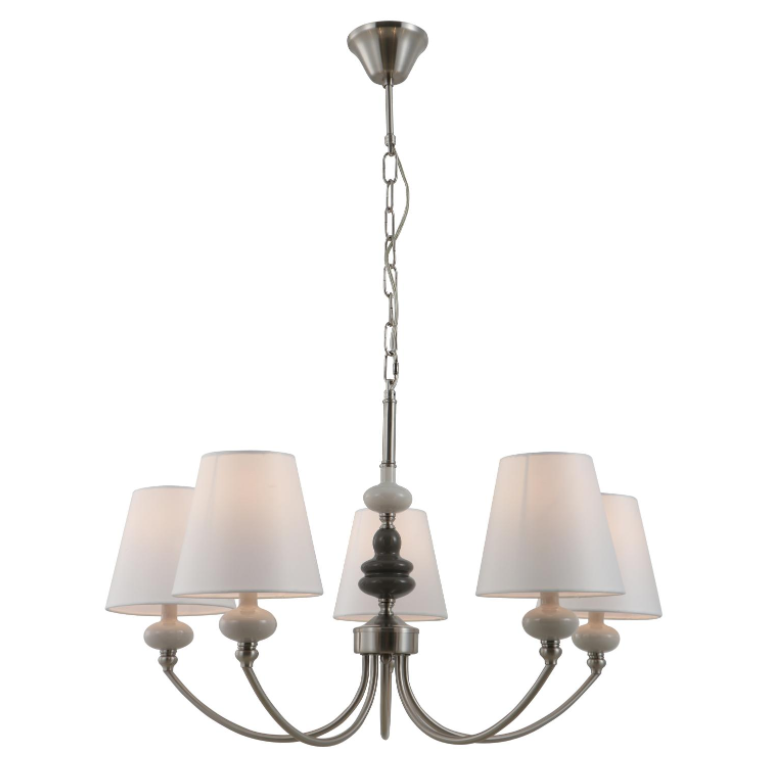- English
- Español
- Português
- русский
- Français
- 日本語
- Deutsch
- tiếng Việt
- Italiano
- Nederlands
- ภาษาไทย
- Polski
- 한국어
- Svenska
- magyar
- Malay
- বাংলা ভাষার
- Dansk
- Suomi
- हिन्दी
- Pilipino
- Türkçe
- Gaeilge
- العربية
- Indonesia
- Norsk
- تمل
- český
- ελληνικά
- український
- Javanese
- فارسی
- தமிழ்
- తెలుగు
- नेपाली
- Burmese
- български
- ລາວ
- Latine
- Қазақша
- Euskal
- Azərbaycan
- Slovenský jazyk
- Македонски
- Lietuvos
- Eesti Keel
- Română
- Slovenski
- मराठी
- Srpski језик
Will installing a chandelier too high or too low affect the lighting effect?
2025-10-14
As a chandelier is the primary lighting source in a home, its installation height can't be arbitrarily set. Many people either go with their gut or have the decorator choose a random height. The result? Either the room is bright in patches, or the light feels insufficient. This is often caused by choosing the wrong installation height. Installing a chandelier too high or too low directly affects the lighting effect, so it's important to understand the impact of different heights to ensure a proper installation.

Impacts of Installing Too High
The most obvious problem with installing a chandelier too high is that the light is scattered, unable to illuminate the desired areas, resulting in a "dark" lighting effect. For example, if a living room chandelier is installed at a height of more than 3 meters, the light will spread widely. This can lead to insufficient brightness in key areas where people spend most of their time, such as the sofa and coffee table. When reading or using your phone on the sofa, the light always seems dim, requiring additional desk lamps for additional illumination. Furthermore, if the chandelier is too high, the light will travel farther, significantly reducing its brightness. Even if you choose a high-wattage bulb, the lighting effect will be compromised, making it feel like a waste of a good bulb. Furthermore, in spaces with high ceilings like a duplex living room, if the chandelier is mounted too high, the light will be too far from the floor, preventing the creation of a layered lighting effect. The space will appear empty and lack a sense of warmth. I originally wanted a soft, gentle atmosphere in the living room, but because the chandelier is too high, the light floats overhead, leaving the floor feeling cold and desolate.

Impact of Installing Too Low
Conversely, if the chandelier is mounted too low, the light will be overly concentrated in a small area, limiting the illumination range and making the space feel oppressive. For example, if a dining room chandelier is mounted too close to the dining table, perhaps less than 50 cm from the surface, the light will be focused solely on the center of the table. The edges of the table and other areas of the dining room will be noticeably dimmed, making it difficult to see even the edge of a plate while eating. Furthermore, those sitting at the dining table will notice the glare the moment they look up, and their eyes will tire after prolonged exposure. Furthermore, if the bedroom chandelier is installed too low, only about 1.5 meters above the bed, the light will be concentrated only directly above the bed. Areas like the closet and dressing table will be poorly lit, requiring separate lights to find clothes or put on makeup. Furthermore, when lying in bed, the chandelier will feel incredibly close, creating a visually oppressive effect, especially for those with claustrophobia. There's also the safety issue of a chandelier that's too low. For example, if a living room chandelier is installed low, tall people in the house, or furniture is being moved, could accidentally bump into the chandelier, potentially damaging it and potentially injuring someone.
How to Choose the Right Chandelier
There's no standard installation height for a chandelier. It depends on the ceiling height, floor area, and the purpose of the space. The key to achieving both effective lighting and aesthetically pleasing lighting is to consider the room's layout. Let's start with the living room. If the ceiling height is 2.8-3 meters, the bottom of the chandelier should ideally be 2.2-2.5 meters from the ground. At this height, the light can evenly illuminate the main activity areas of the living room, neither too scattered nor too concentrated. Visually, the chandelier is in harmonious proportion with the entire space. For example, in the dining room, the main focus of the chandelier is to illuminate the dining table, so the height should be determined around the table. Generally, a chandelier with a height of 75-85 cm from the tabletop is appropriate. This height allows the light to just cover the entire table, eliminating glare and dead spots, and ensuring a comfortable look while eating. As for the bedroom chandelier, since bedrooms often also have bedside lamps, which primarily serve as auxiliary lighting, the installation height can be slightly higher. A chandelier with a height of 2.3-2.6 meters from the ground is appropriate. This provides soft, overall lighting without feeling oppressive while lying in bed, and without interfering with the use of furniture like wardrobes and dressing tables.
| Category | Key Information |
| Core View | Chandelier (primary lighting) needs proper height; random height causes uneven/insufficient light. |
| Too High Impacts | 1. Light scatters, target areas dim.2. Living room (>3m): sofa/coffee table dark (needs extra lamps).3. High-wattage bulbs still dim.4. High-ceiling spaces: no layered light, empty. |
| Too Low Impacts | 1. Light over-concentrated, limited range, oppressive.2. Dining room (<50cm from table): edges dark, glare harms eyes.3. Bedroom (~1.5m from bed): dark spots; oppressive (claustrophobes).4. Collision risk (damages/injures). |
| Proper Height | 1. Depends on ceiling height, area, purpose.2. Living room (2.8-3m ceiling): 2.2-2.5m; >3m: max 2.8m (adjustable chain).3. Dining room: 75-85cm from table (full coverage, no glare).4. Bedroom: 2.3-2.6m (soft light, no oppression). |



